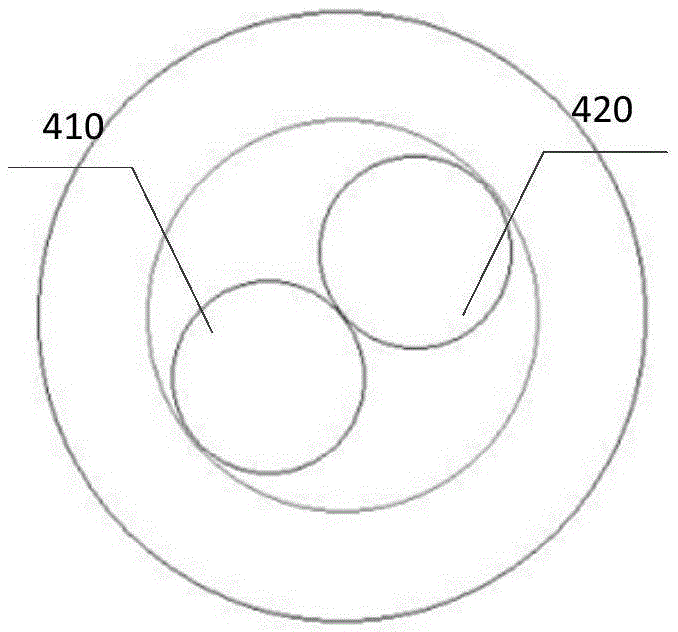Twin-lens based LIBS system for trace heavy metal detection
A heavy metal and double-lens technology, applied in the field of LIBS system, can solve the problems of difficult detection, unsatisfactory signal-to-noise ratio of characteristic spectral lines, affecting the accuracy, stability and practicability of trace heavy metal LIBS, and improve the collection of radiation light The effect of improving efficiency and accuracy
- Summary
- Abstract
- Description
- Claims
- Application Information
AI Technical Summary
Problems solved by technology
Method used
Image
Examples
Embodiment Construction
[0041] In order to make the purpose, technical solutions and advantages of the embodiments of the present invention clearer, the technical solutions in the embodiments of the present invention will be clearly described below in conjunction with the accompanying drawings in the embodiments of the present invention. Obviously, the described embodiments are the Some, but not all, embodiments are invented. Based on the embodiments of the present invention, all other embodiments obtained by persons of ordinary skill in the art without making creative efforts belong to the protection scope of the present invention.
[0042] figure 1 The structural block diagram of the LIBS system based on the double-lens trace heavy metal detection of an embodiment of the present invention is shown; figure 1 As shown, the system includes a laser 100, a sample stage 200, a focusing lens group 300, an optical fiber 400, a multi-channel spectrometer 500 and a data processor 600;
[0043] The sample s...
PUM
| Property | Measurement | Unit |
|---|---|---|
| Focal length | aaaaa | aaaaa |
| Clear aperture | aaaaa | aaaaa |
Abstract
Description
Claims
Application Information
 Login to View More
Login to View More - R&D
- Intellectual Property
- Life Sciences
- Materials
- Tech Scout
- Unparalleled Data Quality
- Higher Quality Content
- 60% Fewer Hallucinations
Browse by: Latest US Patents, China's latest patents, Technical Efficacy Thesaurus, Application Domain, Technology Topic, Popular Technical Reports.
© 2025 PatSnap. All rights reserved.Legal|Privacy policy|Modern Slavery Act Transparency Statement|Sitemap|About US| Contact US: help@patsnap.com



